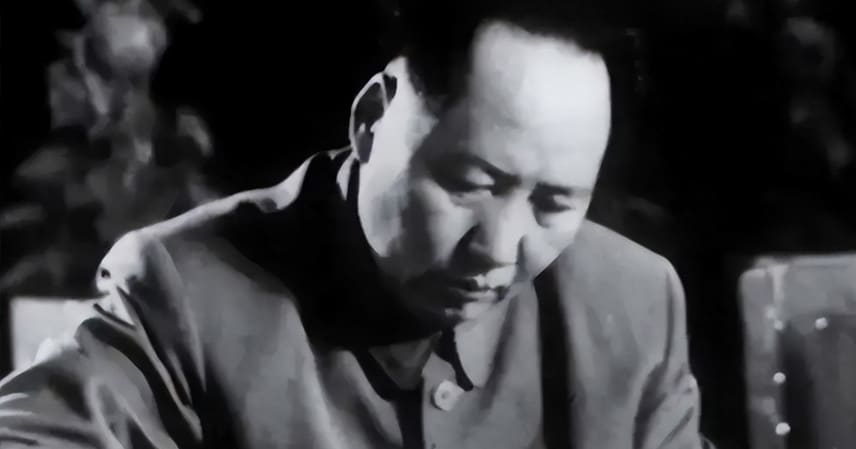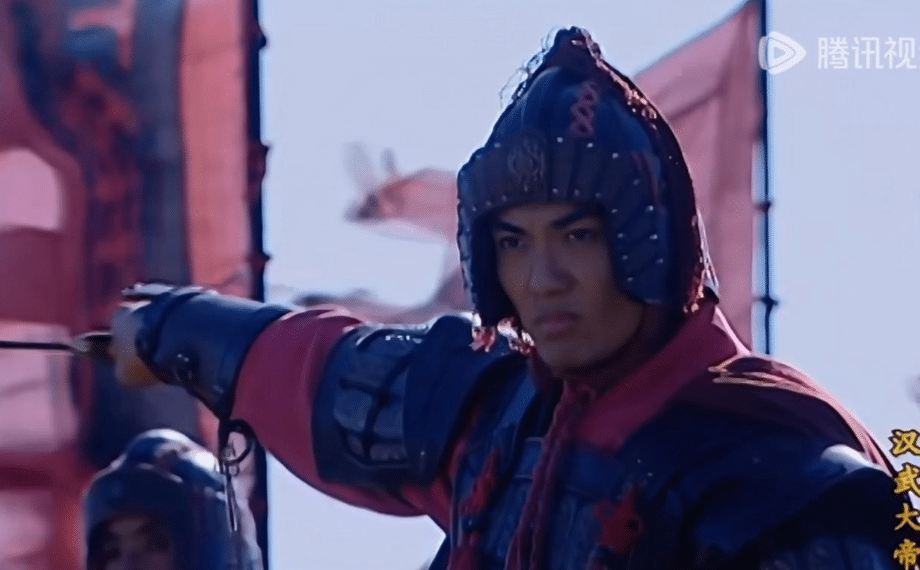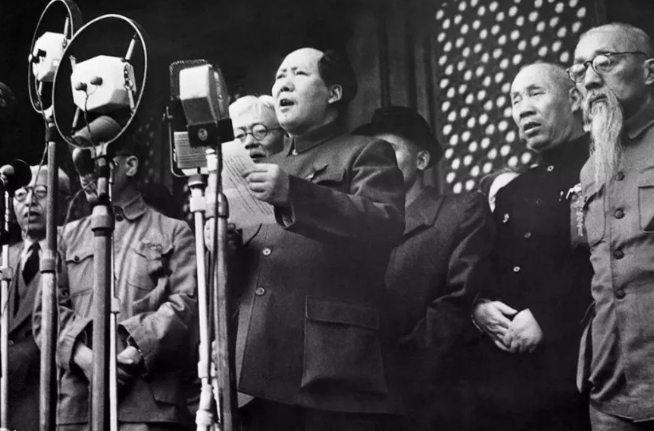When the People’s Republic of China was founded in 1949, the nation was still scarred by war, poverty, and ruins. Yet before the new government could even stabilize, Western powers—led by the United States and Britain—demanded repayment of debts and indemnities left behind by the fallen Qing dynasty and the Nationalist government.
It was a moment of diplomatic confrontation that could define China’s international standing. The world expected the Communist leadership to bow, as past Chinese governments had done. Instead, Chairman Mao Zedong delivered a resolute rejection—a decision that not only stunned the West but also symbolically ended the cycle of humiliation China had endured for over a century.
The “Bill” from the West
The demand stemmed from a long history of foreign-imposed treaties. After the Opium War of 1842, the Treaty of Nanjing forced China to cede territory and pay 21 million silver dollars. Later came the Treaty of Shimonoseki in 1895, which cost China 200 million taels of silver to Japan after its defeat.
For decades, foreign powers extracted enormous sums through “unequal treaties”, enforced by gunboats and ultimatums. Successive regimes—from the Qing court to Yuan Shikai’s Beiyang government and Chiang Kai-shek’s Nationalists—continued to pay, often borrowing more from the very powers they owed.
By 1949, when Mao proclaimed the founding of the PRC, the West assumed the new regime would inherit the same burden. Their logic was simple: if every Chinese government before had paid, why should this one be different?
Mao’s Firm Response
When the note arrived in Beijing, Mao was furious. His reply was blunt:
“Whoever signed those treaties must pay them. We will not.”
This statement set a new diplomatic principle for the PRC: it would not recognize any unequal treaties or debts imposed by imperialist powers. The message was clear—the era of foreign bullying was over.
But Mao did more than reject the demand with words. On February 3, 1949, during the liberation parade in Beijing, Mao ordered the People’s Liberation Army to march through Dongjiaominxiang—a street once reserved exclusively for foreign legations under the humiliating Boxer Protocol. For decades, Chinese troops were forbidden to set foot there.
As PLA soldiers marched with rifles in hand, foreign diplomats peeked nervously from behind curtains. For ordinary Beijingers, the sight was overwhelming: “The era of foreign powers riding on China’s neck has ended today,” declared Xinhua.
Economic Blockade: The West Strikes Back
The Western powers, shocked by Mao’s refusal, did not retaliate with guns but with economics. In Paris, the Coordinating Committee for Multilateral Export Controls (COCOM) was formed in 1949 to impose a sweeping embargo on China, covering over 2,000 items.
They also froze Chinese assets abroad, including gold, foreign exchange, and private deposits, worth hundreds of millions of U.S. dollars. This was no mere sanction—it was an economic war aimed at strangling the newborn republic.
Mao, however, remained calm. His answer was equally resolute: “We must fight a founding war to earn respect.” That war soon came in Korea.
The Korean War: China’s Stand
When the Korean War erupted in 1950, the PRC had just ended its civil war, and its people still struggled with poverty. Yet Mao knew that if China yielded to U.S. pressure, it would forever be branded weak.
In October 1950, the Chinese People’s Volunteer Army crossed the Yalu River, engaging directly with the U.S.-led UN forces. Against expectations, the poorly equipped Chinese soldiers halted and eventually pushed back a technologically superior enemy.
The War to Resist U.S. Aggression and Aid Korea ended not in Chinese defeat but in strategic stalemate—a stunning outcome that forced the world to recognize that China had risen as a power capable of standing toe-to-toe with the West.
Strategic Flexibility: Hong Kong and Diplomacy
Mao’s defiance was not blind confrontation. He understood the value of strategic patience. In 1949, though Chinese forces were poised to reclaim Hong Kong, Mao ordered them to stop at the Shenzhen River.
His reasoning was simple: Hong Kong could serve as China’s window to the world. While the West imposed embargoes, Hong Kong became a vital trade and financial channel. The move also softened Britain’s stance, making it the first Western power to recognize the PRC.
This blend of firmness and pragmatism allowed China to break isolation, maintain economic links, and gradually shift its global image from a besieged state to a legitimate and sovereign power.
Conclusion: Ending a Century of Humiliation
By refusing to inherit Qing and Nationalist debts, by symbolically reclaiming lost dignity, by standing firm in Korea, and by using Hong Kong as a diplomatic bridge, Mao and the new Chinese leadership ended a century-long cycle of foreign exploitation.
In just a few years, the PRC redefined itself in the international arena—not as a submissive state burdened by old treaties, but as a sovereign nation with a clear principle: China will never again kneel.
References
- Historical treaties of Qing dynasty and Republic of China
- Records from Xinhua News Agency, 1949
- Documentation on COCOM export controls



